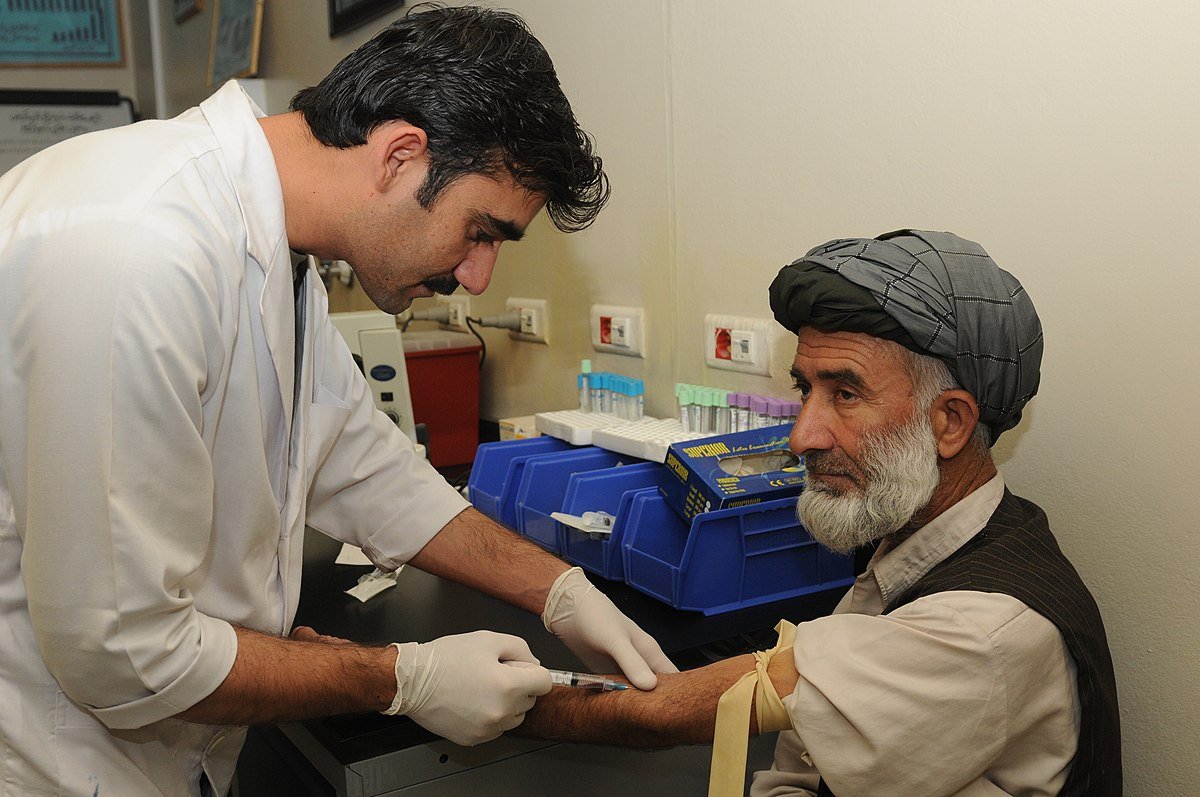To say that Afghanistan’s peace process has faced hurdles is an understatement. Yet it seems that since the US began negotiating directly with the Taliban, hurdles are all that have been forthcoming. This is despite the negotiations culminating in a peace deal between the two. With sporadic fighting, uncertainty with regard to the implementation of a prisoner exchange between Kabul and the Taliban, the country now has to deal with an impending outbreak of Covid-19 that initially made its way from crisis hit neighbour Iran. Whilst global headlines have been dominated by the virus’ outbreak in the West and subsequent measures to curb its spread, relatively little attention has been given to the course the virus has taken in Afghanistan. This is to be expected, given the relative lack, thus far, of the virus’ proliferation in the war torn Central Asian country.
This, however, does not accurately explain how and why Afghanistan is so vulnerable to the highly contagious and lethal virus.
Lack of information
For good governance to be ensured, authorities need to have an accurate understanding of those for whom they seek to govern. The same is doubly true for Covid-19. One of the reasons for constant instability in Afghanistan is precisely this: there are no concrete statistics or numbers policy makers can agree on, hence no accurate insights. The last (and first) census was reportedly conducted in 1979, and even that was skewed by an insurgency raging against the communist government at the time. Whilst there are estimates, this is insufficient for a government purporting to rule for its citizens, especially so in the midst of an nearly two decade crisis of legitimacy and war, and now a global pandemic.
Lack of an effective infrastructure
The prevention of the spread of Covid-19 depends heavily on curbing large gatherings. A prerequisite to this is authorities controlling the movement of people. Lawlessness and conflict, both feeding each other in a vicious cycle, are pervasive across much of Afghanistan’s borders and hinterlands. Due to the breakdown of central government authority consistent over the last four decades of war, knowledge of people’s activities, movements and very existence is anathema to government authorities across the country.
Lack of healthcare
This is obvious. Whilst progress has been made in the field of healthcare since 2001, the accessibility to medical treatment across the country is still poor. Malnutrition under the age of 5 is roughly 41%. The same World Health Organisation report estimates the maternal mortality rate to be roughly 1,291 per every 100,000 live births. This figure is roughly 260 per 100,000, and about 17 per 100,000 in neighbouring Pakistan and Iran, respectively.
This can be explained by the lack of access to healthcare in the country’s rural heartlands, where roughly 74% of the population reside. In order to access healthcare, many Afghans have to travel to urban centres, or even abroad. At a time when travel restrictions need to be instituted both nationally and internationally, this does not bode well for the country’s outlook on the virus at large.
Significant resources have been diverted to campaigns on awareness of coronavirus. Reportedly, these have so far accrued a bill of roughly $360,000. Whilst undoubtedly a necessary step, it need also be asked how effective these really are, in a country where war and conflict have taken its toll on adult literacy, estimated at 43.02% by the World Bank.
Corruption
In case it wasn’t known: Afghanistan has a corruption problem. A major one. A challenge for the country noted by the WHO, particularly since June 2018, has been reduction in funds from donors. To what extent this has been caused by international disillusionment with the grinding corruption institutionalised in government is another topic for discussion. The prospect of a virus outbreak, however, coupled with reluctance to donate to a country notorious for eye-watering levels of corruption, could prove especially deadly.
War
Yes. This one is obvious, but linked to all of the aforementioned and none. There is a war going on in Afghanistan, for the last eighteen years of US’ occupation and resistance to it, and for forty one years altogether. The persistence of conflict derails any progress made in the transportation of supplies and health workers, as well as the spreading of information with regard to the virus. There are different sides at war with each other, together with notorious armed militias and bandits engaging in extortion. The armed conflict worsens the situation.
If the need for a ceasefire and comprehensive peace deal were not apparent following forty years of conflict that has exiled millions, shattered the country’s prewar economic and social backbone and made Afghanistan beholden to international donors, will Covid-19 do so? Hopefully.
Covid-19 is a war on its own to be fought, and fortunately (or unfortunately, depending on political affiliation) it does not discriminate between Talibs and ANA foot soldiers, urban and rural, bearded or non bearded, veiled or non veiled. There is evidence aplenty for how contagious, and indeed lethal, the virus is. This need not be discussed. Even if a peace deal and intra-Afghan negotiations, are, for the time being, unrealistic or unattainable goals, a ceasefire is needed. Urgently. This will allow for efforts in combating the virus to bear fruit, as Iran continues to deport thousands back to Afghanistan. Otherwise, the consequences can go far beyond setbacks to political posturing, or the attainment of political objectives.
